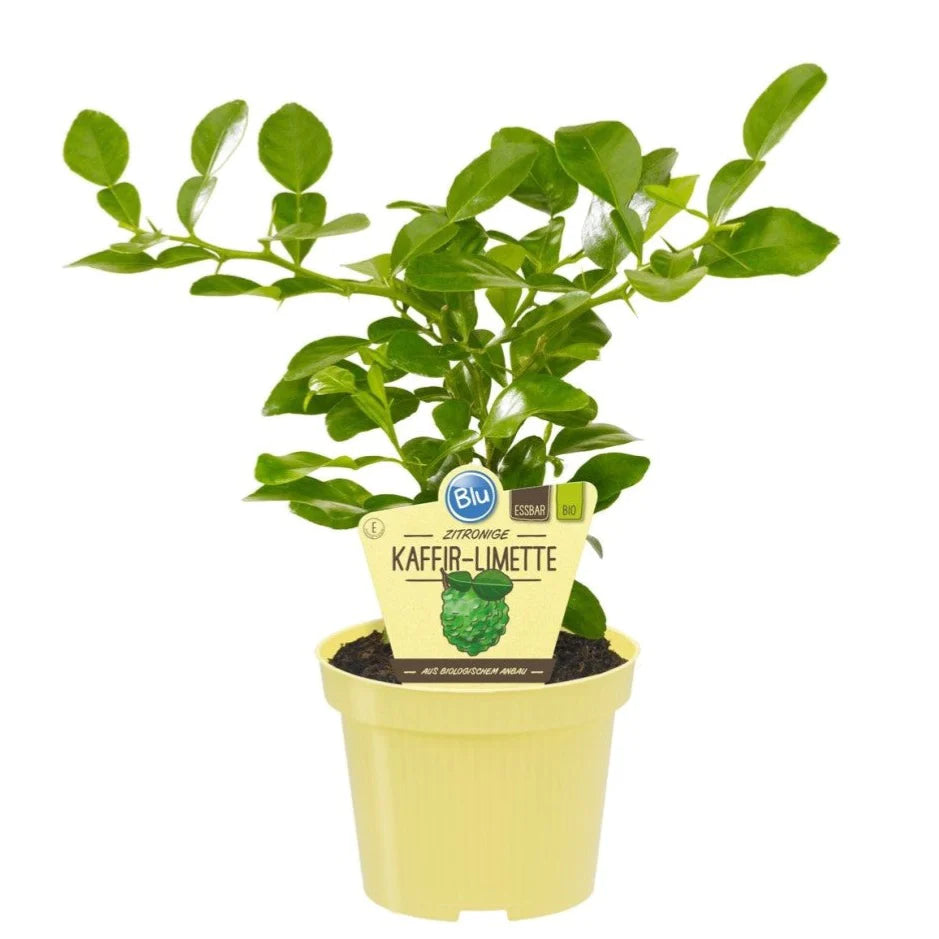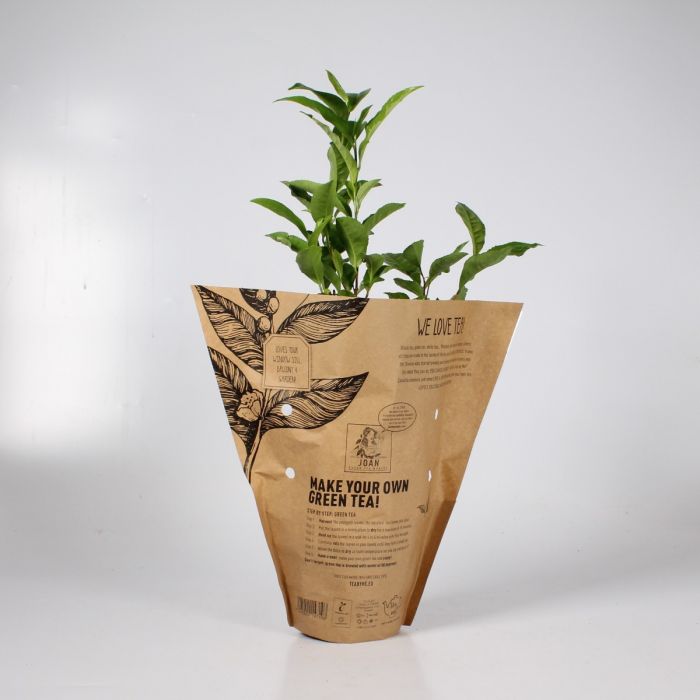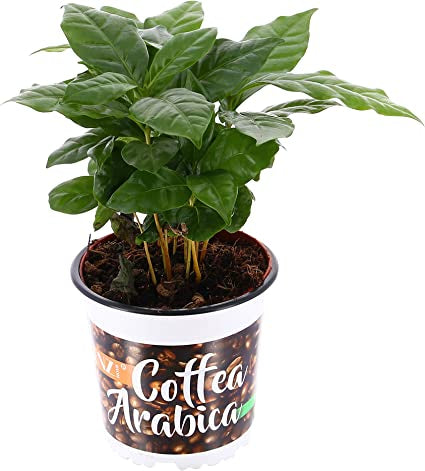Your Cart is Empty
FREE DELIVERY OVER £60
FREE DELIVERY OVER £60
PLANTS & FLOWERS
Office plants & Services
EXTERIOR PLANTING
CHRISTMAS TREES AND DISPLAYS
The Fascinating World of Air Plants: An In-Depth Guide to Tillandsias
7 min read

Exploring the Enchanting World of Air Plants
What Are Air Plants?

Air plants, scientifically known as Tillandsias, are a diverse genus of plants belonging to the Bromeliad family. With over 600 known species, these intriguing plants have garnered attention due to their ability to thrive without soil. They absorb water and nutrients through specialized structures called trichomes on their leaves, allowing them to flourish in various environments, from tree branches to rocky terrains.
Why Are Air Plants Gaining Popularity?
Tillandsias are becoming increasingly popular among plant enthusiasts for several reasons:
- Low-maintenance care: Their minimal requirements make air plants an excellent choice for busy plant owners or those with limited space.
- Unique appearance: Air plants boast an array of interesting shapes, sizes, and colors that can enhance any indoor or outdoor space.
- Creative displays: Their soil-free nature enables versatile and imaginative display options, making them perfect for modern, minimalist, and boho design styles.
A World of Endless Possibilities
Air plants offer an exceptional opportunity to explore the captivating world of these unique, soil-less wonders. With their diverse varieties, minimal care requirements, and versatile display options, Tillandsias are the perfect addition to any home or office space. Embark on your air plant journey today and enjoy the countless benefits they bring to your life.
Caring for Your Air Plants
Watering
Air plants require a thorough watering once a week, either through misting or soaking, depending on the species. Overwatering can lead to rot, while underwatering may cause dehydration. Adjust your watering schedule based on your plant's needs and the surrounding environment.
Light
Tillandsias prefer bright, indirect sunlight or artificial light sources. Avoid direct sunlight, as it can scorch the leaves. For optimal growth, ensure your air plants receive adequate light daily.
Temperature and Air Circulation
Air plants thrive in temperatures between 50-90°F (10-32°C) and appreciate good air circulation. Ensure your plants have access to fresh air, and avoid placing them in stagnant, enclosed spaces.
Common mistakes to avoid when caring for air plants
Caring for air plants (Tillandsias) can be relatively easy, but there are still some common mistakes to avoid to ensure their health and well-being. Here are some key mistakes to watch out for:
-
Overwatering: Overwatering is one of the most common mistakes made by air plant owners. While air plants need water to survive, too much moisture can lead to rot. It's essential to strike the right balance by misting or soaking your plants once a week, depending on the species, and allowing them to dry thoroughly before placing them back in their display.
-
Insufficient light: Air plants require bright, indirect sunlight or artificial light sources for optimal growth. Placing them in a dimly lit area or exposing them to direct sunlight for extended periods can negatively impact their health.
-
Poor air circulation: Tillandsias thrive in well-ventilated areas, so placing them in stagnant, enclosed spaces may lead to issues. Ensure your air plants have access to fresh air and avoid placing them in enclosed containers without proper ventilation.
-
Inadequate watering: While overwatering is a common problem, underwatering can also be detrimental to air plants. Be consistent with your watering schedule, and adjust it according to your plant's needs and the surrounding environment.
-
Using tap water with high mineral content: Tap water containing high levels of minerals, chlorine, or fluoride can harm air plants. Instead, use rainwater, distilled water, or filtered water for misting or soaking your plants.
-
Ignoring temperature requirements: Air plants generally prefer temperatures between 50-90°F (10-32°C). Exposing them to extreme temperatures or placing them near heating or cooling vents can cause stress or damage.
-
Fertilizing too much or too little: While air plants don't require frequent fertilizing, they can benefit from a light application of a bromeliad or air plant-specific fertilizer once a month. Over-fertilizing can harm your plants, while under-fertilizing may limit their growth potential.
-
Overhandling: While it's fine to handle your air plants occasionally, excessive handling can lead to damaged leaves or dislodged trichomes, affecting their ability to absorb water and nutrients.
-
Not acclimating plants: When introducing new air plants to your home or moving them to a different environment, it's important to acclimate them gradually to prevent stress or damage.
By avoiding these common mistakes and providing proper care, you can help your air plants flourish and thrive.
Troubleshooting tips for common air plant problems

Air plants, also known as Tillandsias, can experience a variety of issues despite their reputation for being low-maintenance. Here are some troubleshooting tips for common air plant problems:
-
Brown or black leaf tips:
- Cause: Underwatering, low humidity, or nutrient deficiency.
- Solution: Increase watering frequency, mist between waterings, or use a diluted liquid air plant fertilizer once a month.
-
Yellowing leaves:
- Cause: Overwatering, which can lead to root rot.
- Solution: Reduce the watering frequency and ensure the plant dries thoroughly within 4 hours of watering. Remove any dead or decaying leaves and consider increasing air circulation.
-
Shriveled or wrinkled leaves:
- Cause: Dehydration due to underwatering or low humidity.
- Solution: Increase watering frequency, and mist between waterings, especially in dry environments. Soak the plant in water for a longer duration to rehydrate it.
-
Leaf discoloration or burned spots:
- Cause: Excessive direct sunlight.
- Solution: Move the air plant to an area with bright, indirect sunlight or dappled shade. Keep them away from direct sun exposure, especially during the hottest hours of the day.
-
Mold or mildew growth:
- Cause: Poor air circulation and excessive moisture.
- Solution: Improve air circulation around the plant and ensure it dries completely within 4 hours of watering. Remove any affected leaves and avoid placing the plant in enclosed spaces with high humidity.
-
Pests (e.g., scale insects or mealybugs):
- Cause: Infestation by insects feeding on the plant.
- Solution: Remove pests by gently wiping the leaves with a damp cloth or cotton swab dipped in isopropyl alcohol. Keep a close eye on the plant to ensure the pests don't return and consider treating with a non-toxic insecticidal soap or neem oil.
-
Slow growth or lack of blooms:
- Cause: Insufficient light or nutrients.
- Solution: Relocate the plant to a brighter location with indirect sunlight and apply a diluted liquid air plant fertilizer once a month during the growing season.
-
Plant rot:
- Cause: Overwatering, insufficient drying, or poor air circulation.
- Solution: Assess the plant's care routine and adjust accordingly. Ensure the plant dries fully within 4 hours of watering and improve air circulation. Trim away any dead or rotting leaves to prevent the spread of rot to healthy parts of the plant.
By identifying the cause of common air plant problems and implementing appropriate solutions, you can improve the health and longevity of your Tillandsias. Regularly monitor your plants and adjust their care routine as needed to ensure they thrive.
Displaying Your Air Plants

One of the most appealing aspects of air plants is the endless possibilities for creative displays. Here are some ideas to inspire you:
Hanging Displays
Suspend your Tillandsias using wire, fishing line, or string, creating eye-catching floating arrangements.
Mounted Displays
Attach air plants to driftwood, cork bark, or other natural materials with non-toxic glue or wire, emulating their natural habitat.
Terrariums and Glass Containers

Design miniature landscapes within glass vessels or terrariums, incorporating various air plant species, stones, and moss.
Air Plants and Home Decor
Air plants, or Tillandsias, have become increasingly popular in home decor due to their unique appearance, low-maintenance care requirements, and versatility in displays. They can effortlessly enhance various interior design styles and make for beautiful, living accents in your home. Here are some ideas for incorporating air plants into your home decor:
-
Hanging displays: Create eye-catching, floating arrangements by suspending air plants with wire, fishing line, or string. You can use geometric metal frames, glass orbs, or even simple macrame hangers to create a visually appealing display.
-
Mounted displays: Attach air plants to driftwood, cork bark, or other natural materials using non-toxic glue, wire, or fishing line. This emulates their natural habitat, where they grow on trees or rocks, and can make for an engaging vertical display on a wall or shelf.
-
Terrariums and glass containers: Design miniature landscapes within glass vessels, terrariums, or cloches, incorporating various air plant species, stones, and moss. These displays can serve as stunning centerpieces or accents on tabletops and shelves.
-
Living frames: Create a living piece of art by arranging air plants within a picture frame or shadow box. This can be an innovative way to showcase your collection and add a touch of greenery to your walls.
-
Creative holders: Use unique, everyday items as air plant holders, such as vintage tea cups, seashells, or even repurposed toys. This approach allows you to customize your display and add a personal touch to your decor.
-
Combining with other plants: Integrate air plants into your existing houseplant collection by placing them on top of soil in potted plants, tucking them into a larger arrangement, or nestling them among the leaves of larger plants.
-
Themed displays: Design your air plant display based on a specific theme or concept, such as a beach, desert, or tropical rainforest. Incorporate relevant elements like sand, rocks, or driftwood to create a cohesive and captivating presentation.
-
Minimalist arrangements: For a modern, minimalist look, choose simple, monochromatic containers or holders, and arrange your air plants in a clean, uncluttered manner. This approach highlights the unique beauty of each plant and complements a minimalist design aesthetic.
-
Tabletop gardens: Create a small tabletop garden by arranging air plants, moss, and stones on a tray or shallow dish. This portable display can be a charming addition to a coffee table, desk, or windowsill.
By incorporating air plants into your home decor, you can add a touch of natural beauty and visual interest to any space. With their diverse range of shapes, sizes, and colors, air plants offer endless possibilities for creative displays that suit your personal style and design preferences.
Read further advice on selecting the right air plants for different rooms in the home.
Leave a comment
Comments will be approved before showing up.
Subscribe
Sign up to get the latest on sales, new releases and more …













































